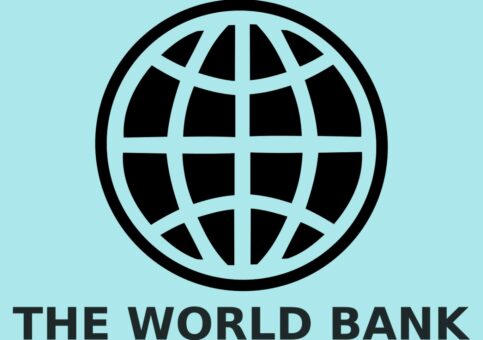Pakistan’s banking sector is facing growing risks due to its increasing exposure to the government, according to a report issued by the World Bank.
The report namely Pakistan Development Update April 2023, states that credit extended by the banking sector to the sovereign has surged by 444 percent over the June 2012-June 2022 period, while credit to the private sector has only increased by 170 percent. As a result, credit to the sovereign now accounts for 68.3 percent of all the credit extended by the banking sector as of December 2022, up from 43.0 percent in June 2010.
READ MORE: SBP extends implementation date for IFRS 9 for larger banks and DFIs
This has led to a decline in credit to the private sector, with credit to private sector (% of GDP) dropping from 29 percent in 2008 to 17 percent in 2020. The report warns that the banking sector’s growing exposure to the government has resulted in a lack of incentives for designing innovative financial products or instituting robust risk management practices to extend finance to underserved sectors.
READ MORE: SBP issues Rs50 commemorative coin to mark golden jubilee of Constitution
One of the risks associated with this exposure is duration (interest rate) risk, which has already manifested itself in losses on bank balance sheets, with significant implications for tier-2 capital. Any impairment in the value of Available for Sale (AFS) or Held for Trading (HFT) securities will lead to a direct impact on bank capital, with implications on their ability to lend to the private sector.
READ MORE: Public awaits SBP’s decision on issuing fresh currency notes for Eid-ul-Fitr
The report also notes that the sovereign’s dependence on the domestic banking sector has increased due to a bar on the monetization of debt, declining access to international capital markets, and growing expenditure needs. However, this dependence has increased at a time when deposit mobilization has slowed, with deposit growth in CY22 being the lowest in 14 years.
READ MORE: SECP publishes whitelist of digital lending apps in compliance with Google’s policy
As a result, the government has had to rely more heavily on the Open Market Operations of the State Bank of Pakistan (SBP), with outstanding aggregate bank borrowing from the SBP increasing by 341 percent from June 2019 to PKR5.7 trillion in June 2022. This borrowing amounted to approximately 25 percent of the deposit base of the banks and 9 percent of GDP, indicating the importance of this channel for funding the government.
Refinance risks on domestic debt are becoming a growing concern, especially in a context of growing macroeconomic stress and slowing deposit growth. The report calls for measures to mitigate the risks associated with the banking sector’s growing exposure to the government, including improving risk management practices, increasing deposit mobilization, and diversifying the banking sector’s portfolio to include more credit to the private sector.
